Teaching and students
At the Porvoo school, Malm used the teaching methods he had learned at the Manilla school. Manilla emphasised the importance of learning the sign language, finger spelling and written language. Malm regarded the written language as a necessity for the sake of information acquisition and communication with the hearing.
Malm considered sign language as deaf people’s natural mother tongue and emphasised that it could be used to express everything that speech could. Deaf students needed to learn two languages, however: the written and the signed. They learned the written language through the signed language. In other words, Malm’s teaching method aimed at bilingualism.
In Malm’s opinion, there was nothing that deaf people could not learn. Learning the literary language was slower than for the hearing, however. He considered speech teaching useful, but in his mind, the ability to speak bore little significance compared to other teaching and education.
Malm’s goals were ambitious, and his pedagogic outlook contained elements from the European enlightenment which aimed at all-round education and the right of all members of society to receive teaching. The syllabus of the school for the deaf hardly diverged from that of the forthcoming folk school: religion had a major role in both.
The detailed contents of the schooldays in Porvoo are unknown, but the teaching was informative and educational. The school’s first annual examination was held in 1852, and the event was also noted by the press. Students Hirn and Sirén participated in the examination. During Malm’s era, the deaf school provided teaching in reading, writing, the Swedish and Finnish languages, religion, calculus, drawing, geography, natural sciences, history, gymnastics and finger spelling. There was also teaching and training for craft professions. Most classes were used for learning written and sign languages.
During over 12 years of operation, Malm’s private school seems to have only had 29 students. There are no remains of the early student lists, so there is only scattered student information available up until 1854. Malm published newspaper ads on his school, but received few inquiries for study places. From 1857 onwards, the school’s financial situation improved and the number of students also increased. The students were between 8–25 years of age.
For many students, the school’s upkeep fee was too high even though Malm took no salary. In addition to teaching, he had to take care of student lodging. When Malm transferred to Turku, some of the students from the school in Porvoo moved there with him. For spring term 1860, a total of 22 new students started at the school in Turku. The youngest of them was 9 years old and the oldest 27. Some of the students had received elementary instruction, and some of them already knew sign language.
During Malm’s era, students were taught in the same groups regardless of their social or language backgrounds or their age. Instead, the groups were divided according to gender: girls and boys were taught separately.
Most students studied drawing or a profession during the afternoons. The boys were taught by the town carpenters, cobblers, tailors, carriage builders and gardeners. The girls learned handicraft skills at the school. The purpose was for the students to stay with the craftsmen and craftswomen as apprentices or in family lodging. Due to communication problems and attitudes, however, this proved difficult at first. Gradually, the school started renting boarding premises with paid staff who supervised the students.
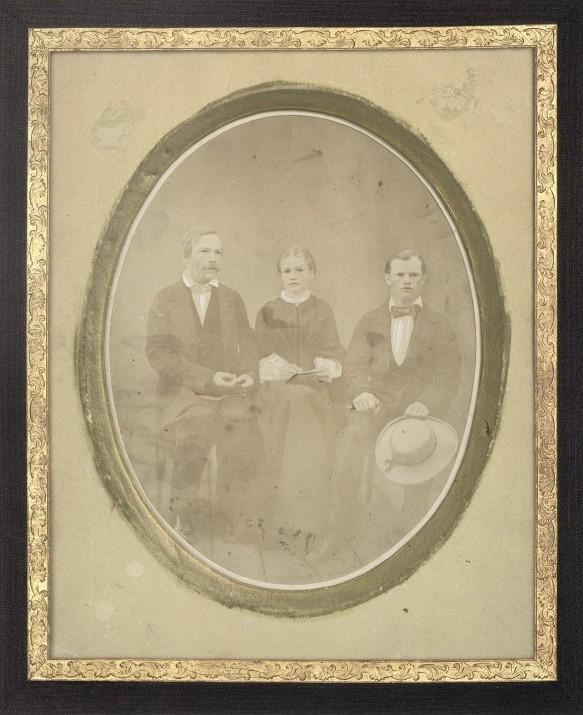
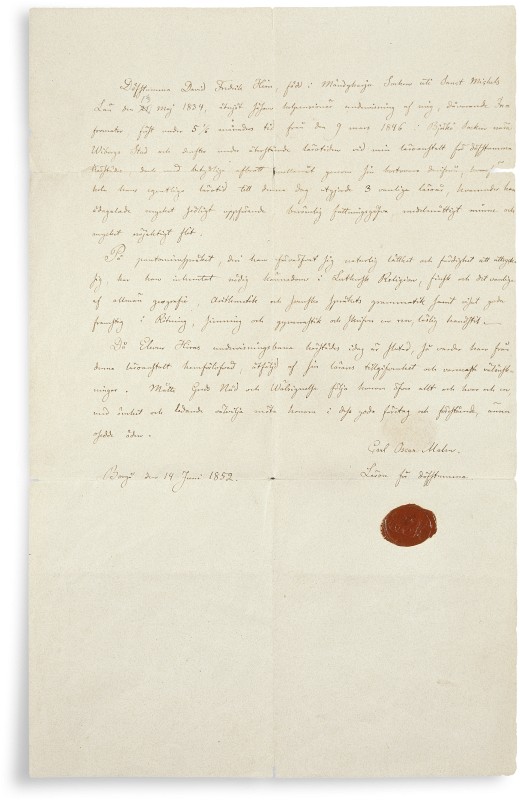
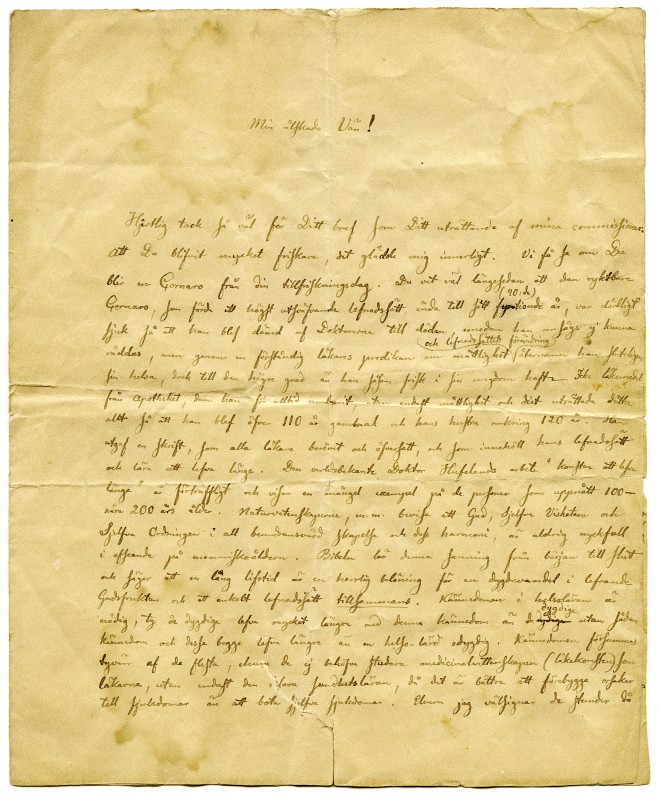
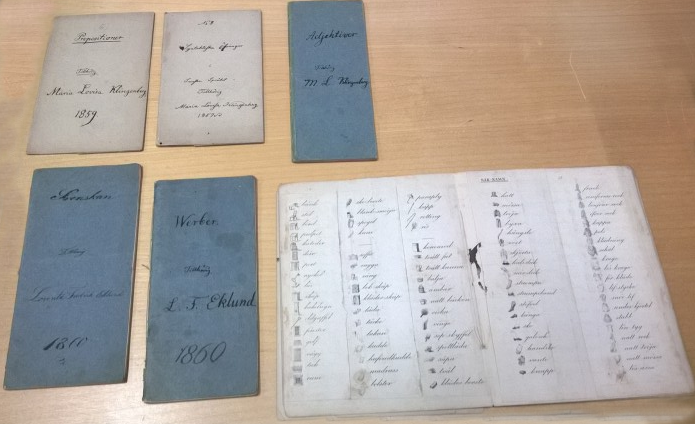
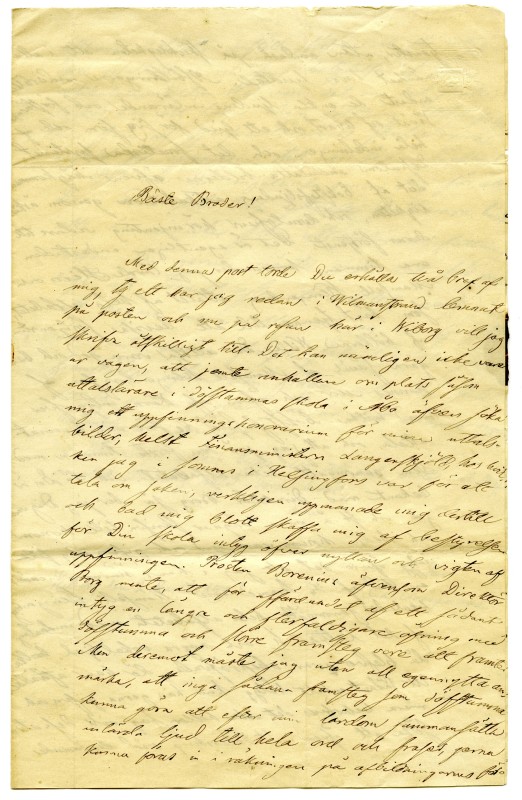
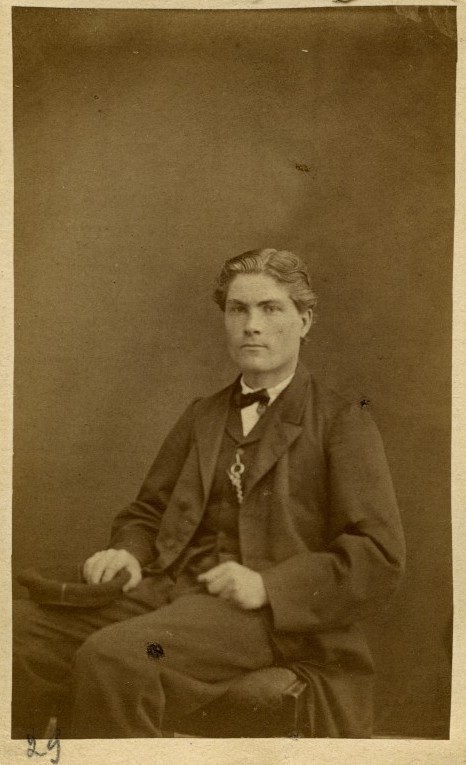
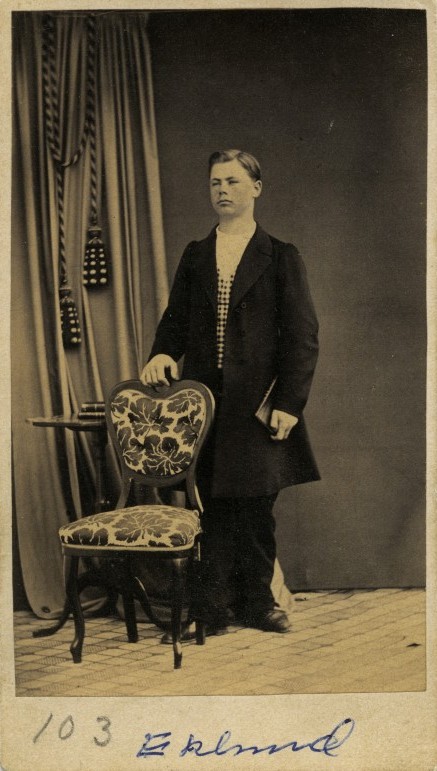
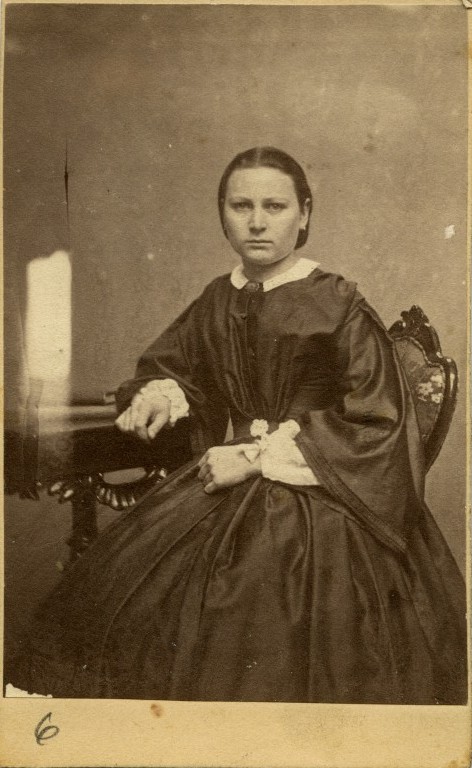
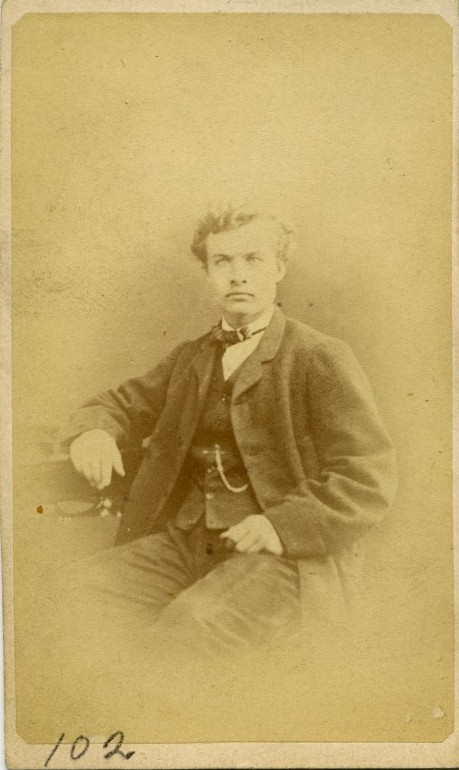
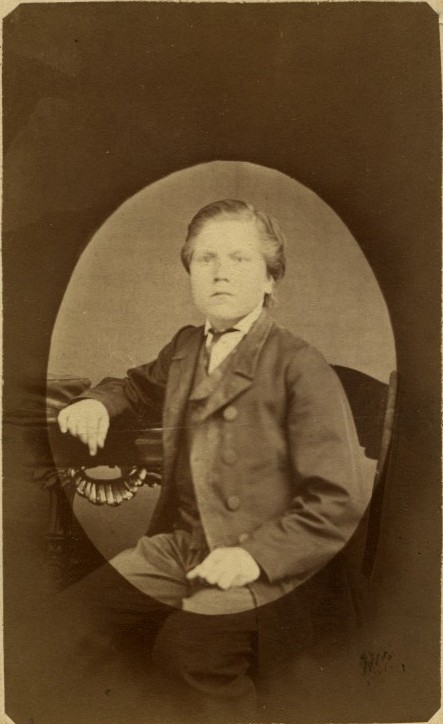
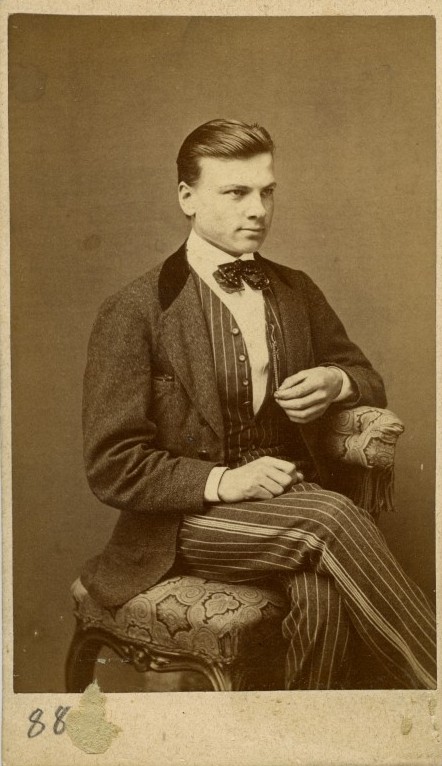
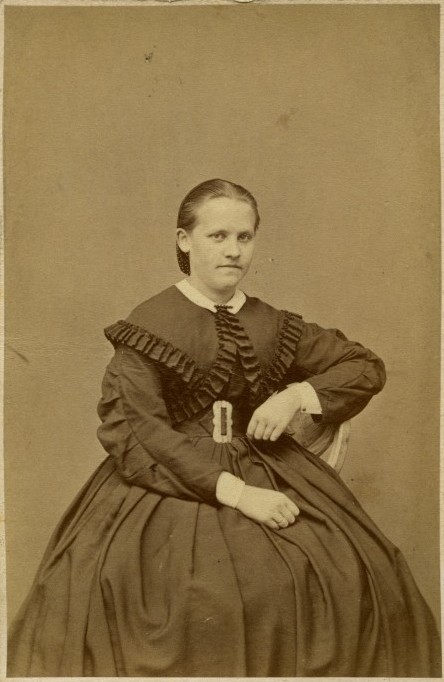
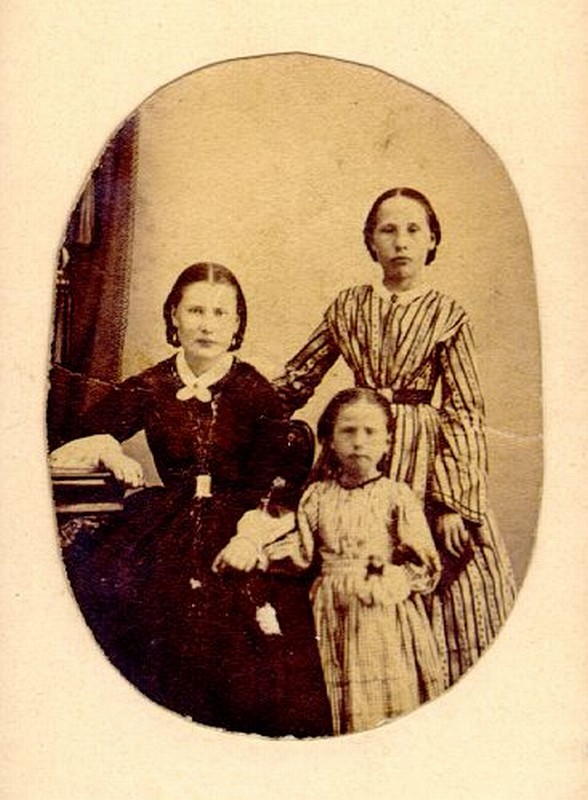
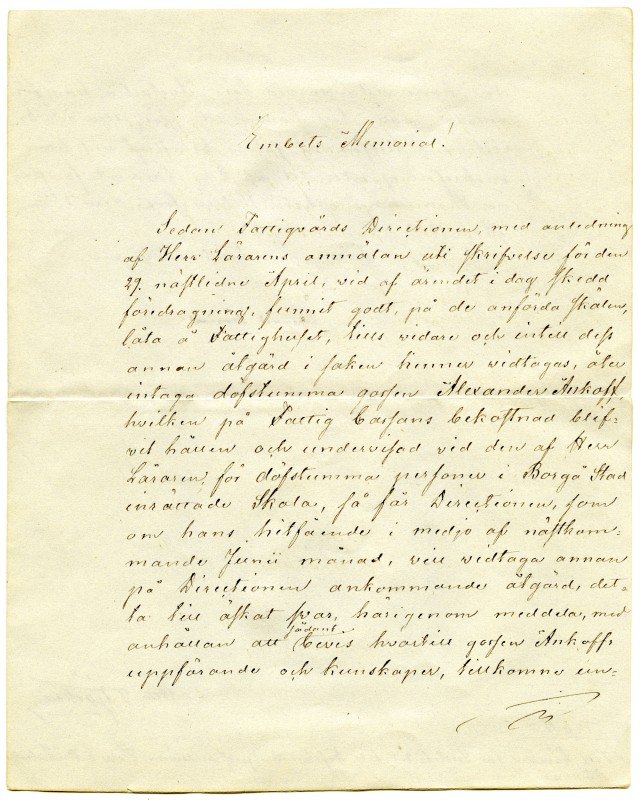
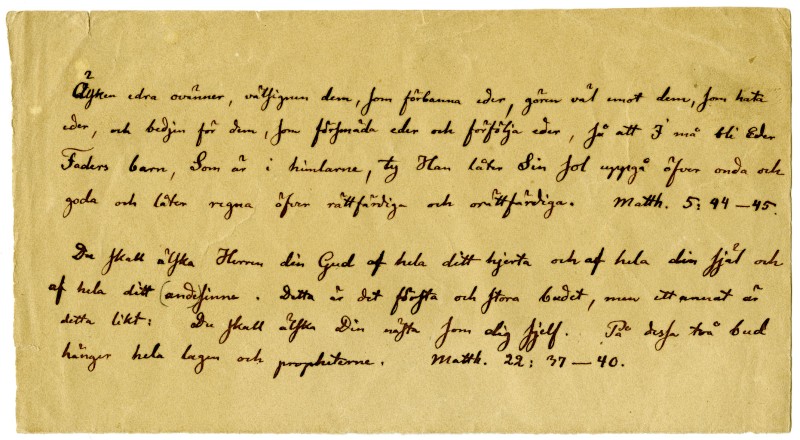
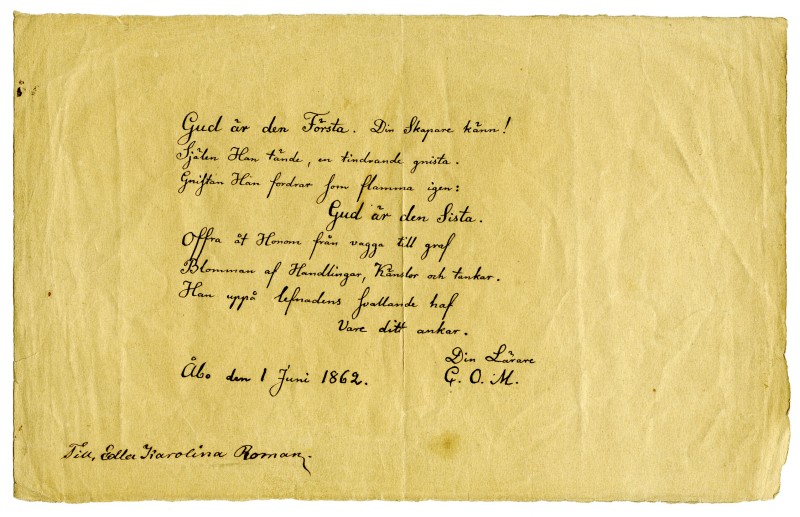
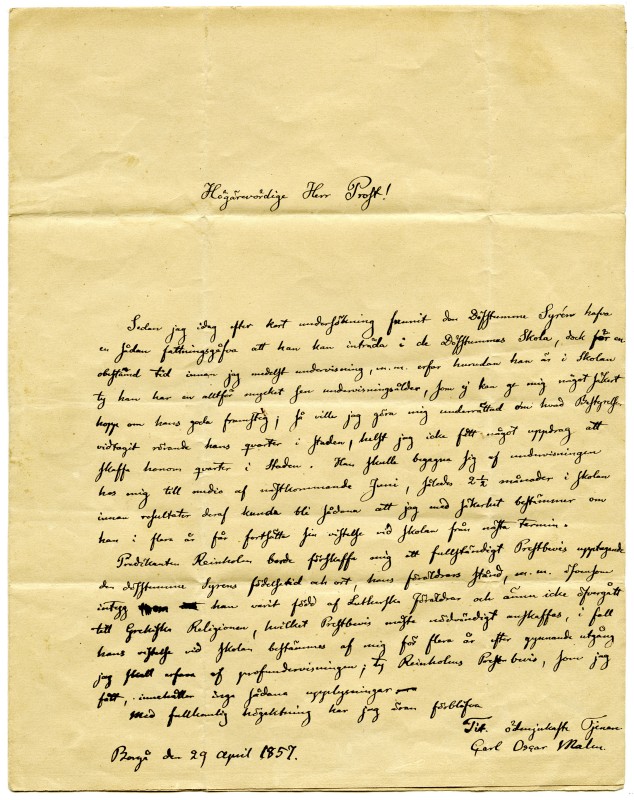
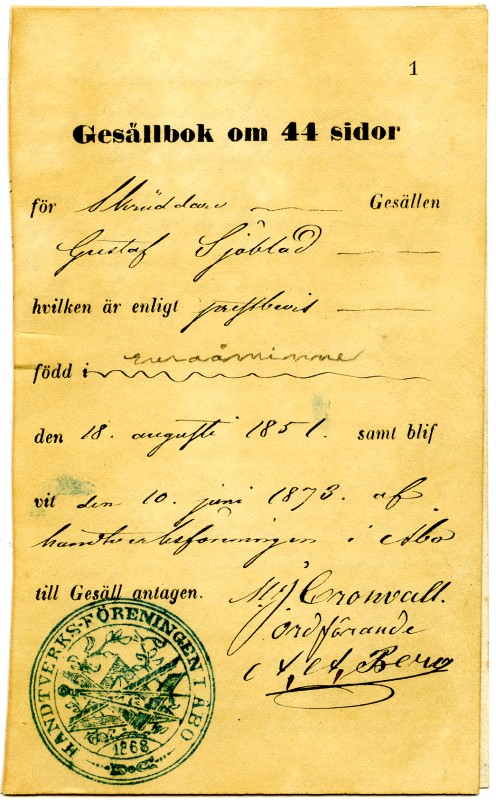
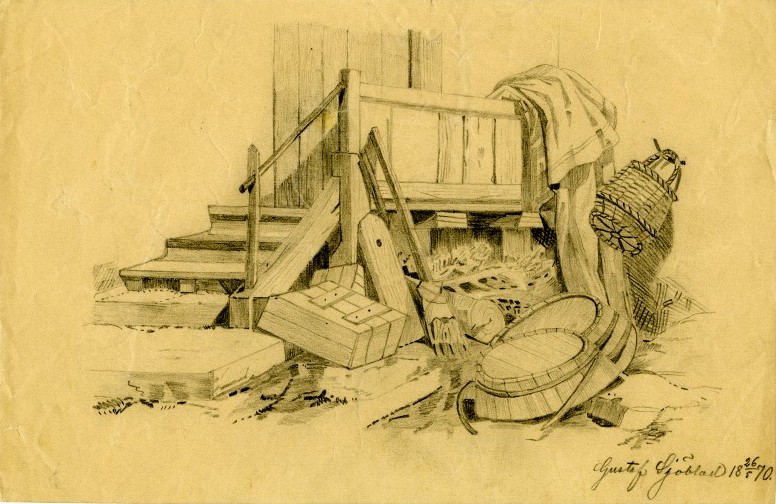
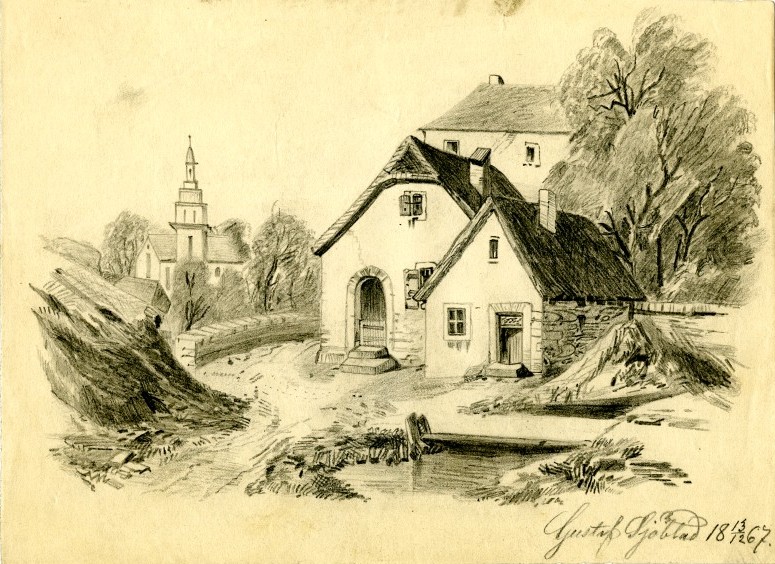
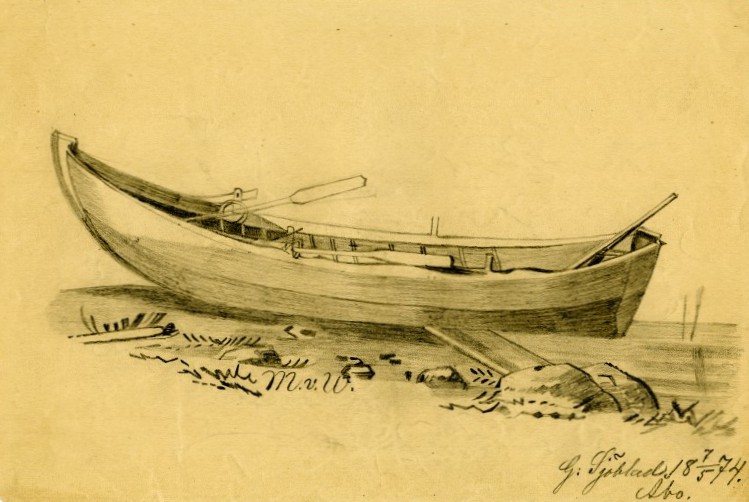
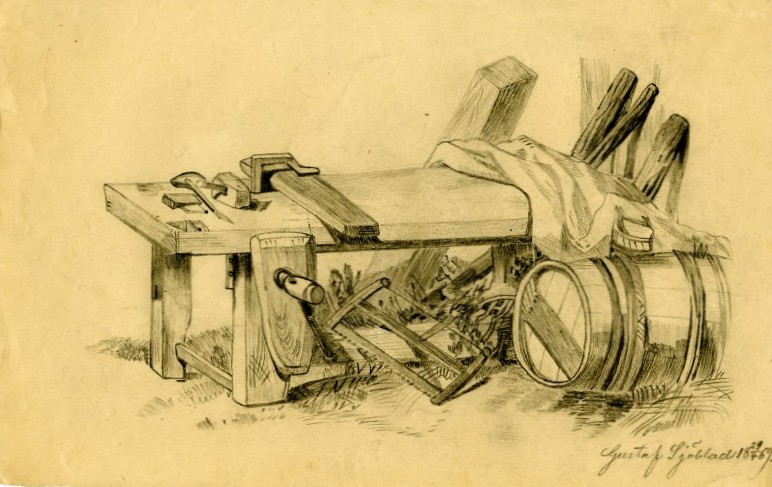
|

